Media | Articles
7 cars with recycled names
Cars should have names. They deserve them. Sure, 911, 308, and 507 are numbers that conjure up exciting cars—a Porsche, a Ferrari, and a BMW—but a name evokes the character of the car and inspires an emblem worthy of its sheetmetal. You might think of the snake’s heads used on the Mustang Cobra and Dodge Viper, or of the Lamborghini Espada’s name in script, which incorporates a sword. Like the names, these emblems aren’t strictly necessary, but they are one more way for a designer to add a flourish.
It’s not always easy to name a vehicle. Once you think you have something perfect, you’ve got to make sure that a car isn’t already using that name. Or maybe you don’t check.
We’ve found plenty of names that have been dropped by one automaker and picked up by another. Here are seven of them. If we forgot your favorite, let us know.
Chevrolet Suburban and Plymouth Suburban
Chevrolet and Plymouth have each put the Suburban nameplate on a station wagon. Plymouth used it on car-based long-roofs starting in 1949 and, after a hiatus, on Fury wagons from 1968 to ’78. The truck-based Chevrolet Suburban has been in production since 1935, making it the oldest automotive model still in production.
Marketplace
Buy and sell classics with confidence
The name was also applied to GMC’s version of the Chevrolet Cameo pickup.
Studebaker Commander and Jeep Commander
Jeep’s Grand Cherokee–based three-row off-roader used the same name as Studebaker’s long-running model line. (For even more SUV name-sharing, a submodel of the Studebaker Commander was called Land Cruiser.)
Jeep’s Commander had all of the Grand Cherokee’s proven four-wheel-drive hardware, but its proportions were a bit ungainly and its third row was cramped. It only lasted for five years, when its role was filled by the Dodge Durango.
Studebaker Daytona and Dodge Daytona
Even when Studebaker was gone, its model names lived on. Lots of them, it seems.
The Daytona, which was born as a sporty, bucket-seat option for the compact Lark, shares its name with Dodge’s one-year-only winged car that took on NASCAR superspeedways in 1969 with its wind tunnel-tuned long nose and tall wing.
In 1964, Studebaker’s entry-level Larks were dubbed Challenger. Studebaker ended production in 1966, just four years before Dodge introduced its E-body model under the same name.
In 1984, Dodge revisited the Daytona name for its FWD sports coupe.
Dodge Lancer and Mitsubishi Lancer
Dodge used the Lancer name on some of its late-’50s Coronets that employed two-tone paint options, tasteful chrome, eccentric fins, and bold taillights. They are fun and flashy, everything that people love about ’50s American cars.
Then there’s the 1961–2 Lancer, which has all the curves and fins of a full-size car crammed onto a compact wheelbase. These Mitsubishis are gaudy, yet strangely appealing.
The latter, dubbed the Colt and sold as a captive import* by Dodge, was the basis for the brand’s most beloved rally homologation model, the Evolution. Lancer production ended in 2016, foreshadowing the discontinuation of many sedans across the industry, and leaving Mitsubishi with a crossover-heavy lineup in the U.S.
*When a parent company imports an existing vehicle and sells it under the guise of a different brand. Think”rebadged.”
Muntz Jet and Hudson Jet
Unlike most of the cars on this list, these two models were built concurrently. Each Jet began production within years of the other, with Muntz using the moniker for its sleek, hand-built fiberglass convertibles beginning in 1951. Hudson used the name in 1953 and ’54.
You wouldn’t confuse the two cars, as the Hudson is a dowdy sedan that doesn’t seem worthy of such a cool name. Come to think of it, the Muntz doesn’t seem very jet-like, either.
Renault Encore and Buick Encore
If we told you the designer of the AMC Javelin collaborated with the man who penned the Citroën SM and Alpine A310, you might expect something memorable. Instead, we got the Renault Encore, a totally ordinary three-box car that was sort of cool in GTA trim yet otherwise unremarkable.
It sold well for AMC and Renault, but didn’t get an encore of its own, as Chrysler’s purchase of AMC meant the Dodge Shadow already occupied that place in the market.
Like the Renault, Buick’s Encore is powered by a variety of four-cylinder engines and isn’t terribly remarkable, either. Once the brand’s best-selling model in North America, it was discontinued for 2022.
Oldsmobile Fiesta and Ford Fiesta
Oldsmobile applied the Fiesta badge to a number of wagons over the years, and some of the hardtop varieties were striking. Any vehicle, if it has room for plenty of passengers and also happens to have a tailgate, provides the right conditions for a fiesta, but what about Ford’s subcompact hatch? There wasn’t anything to celebrate until the performance-oriented ST model debuted, and then Ford pulled the plug. Party pooper.
***
Check out the Hagerty Media homepage so you don’t miss a single story, or better yet, bookmark it. To get our best stories delivered right to your inbox, subscribe to our newsletters.
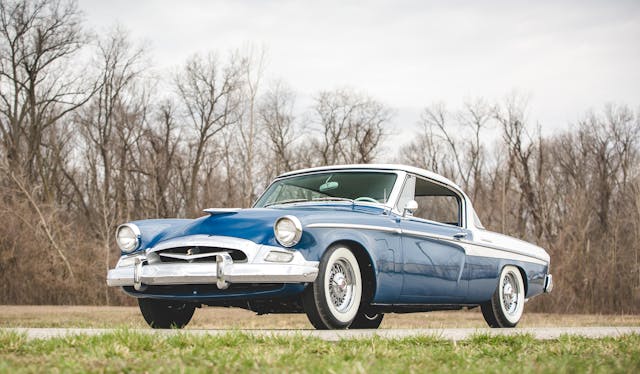

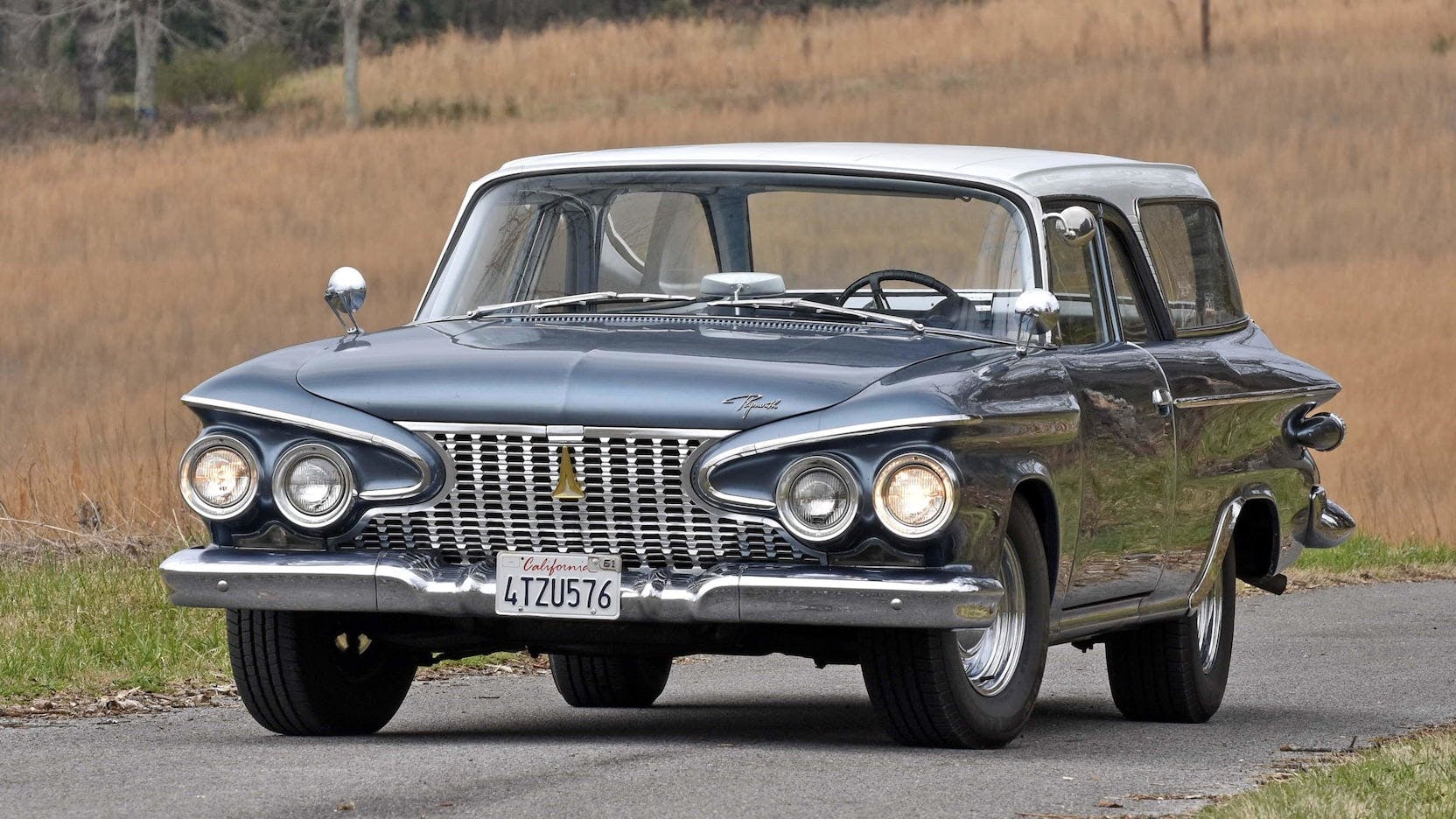
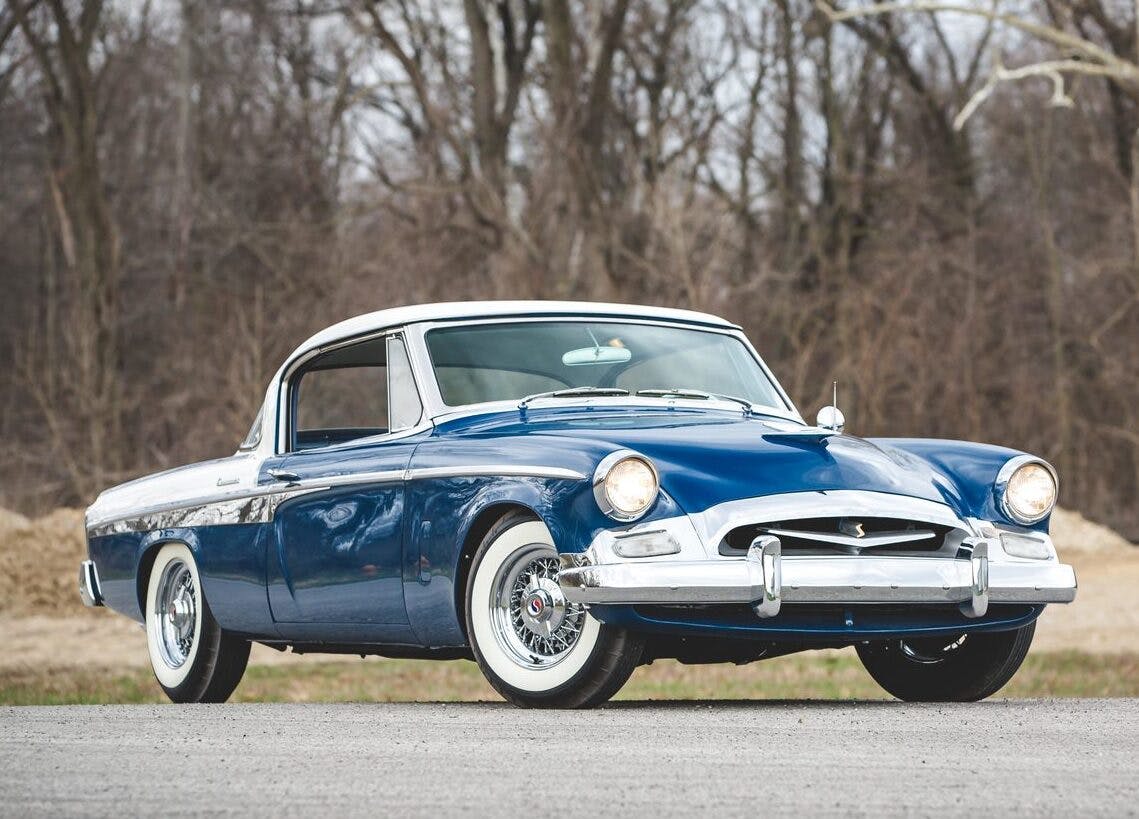
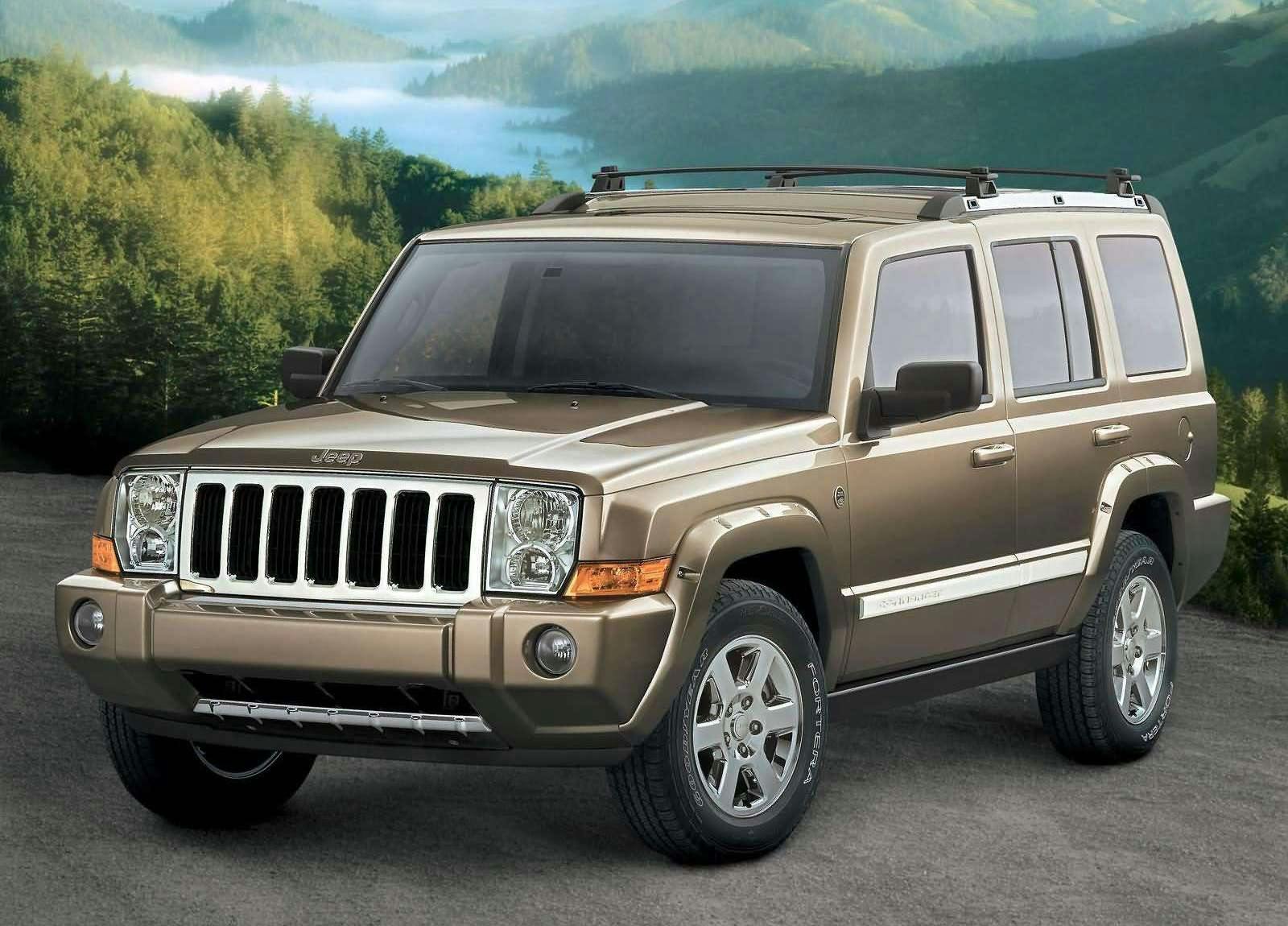
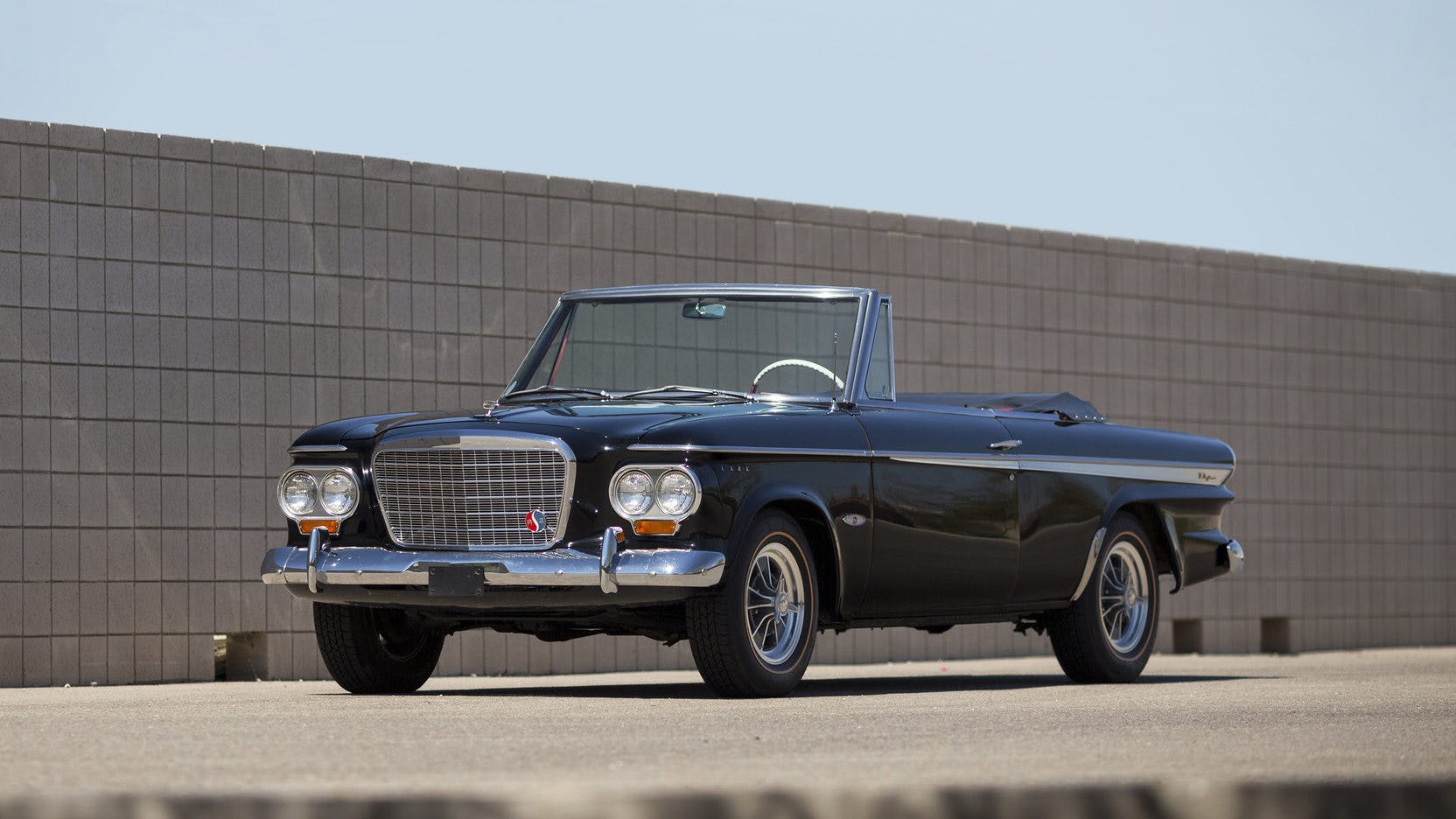
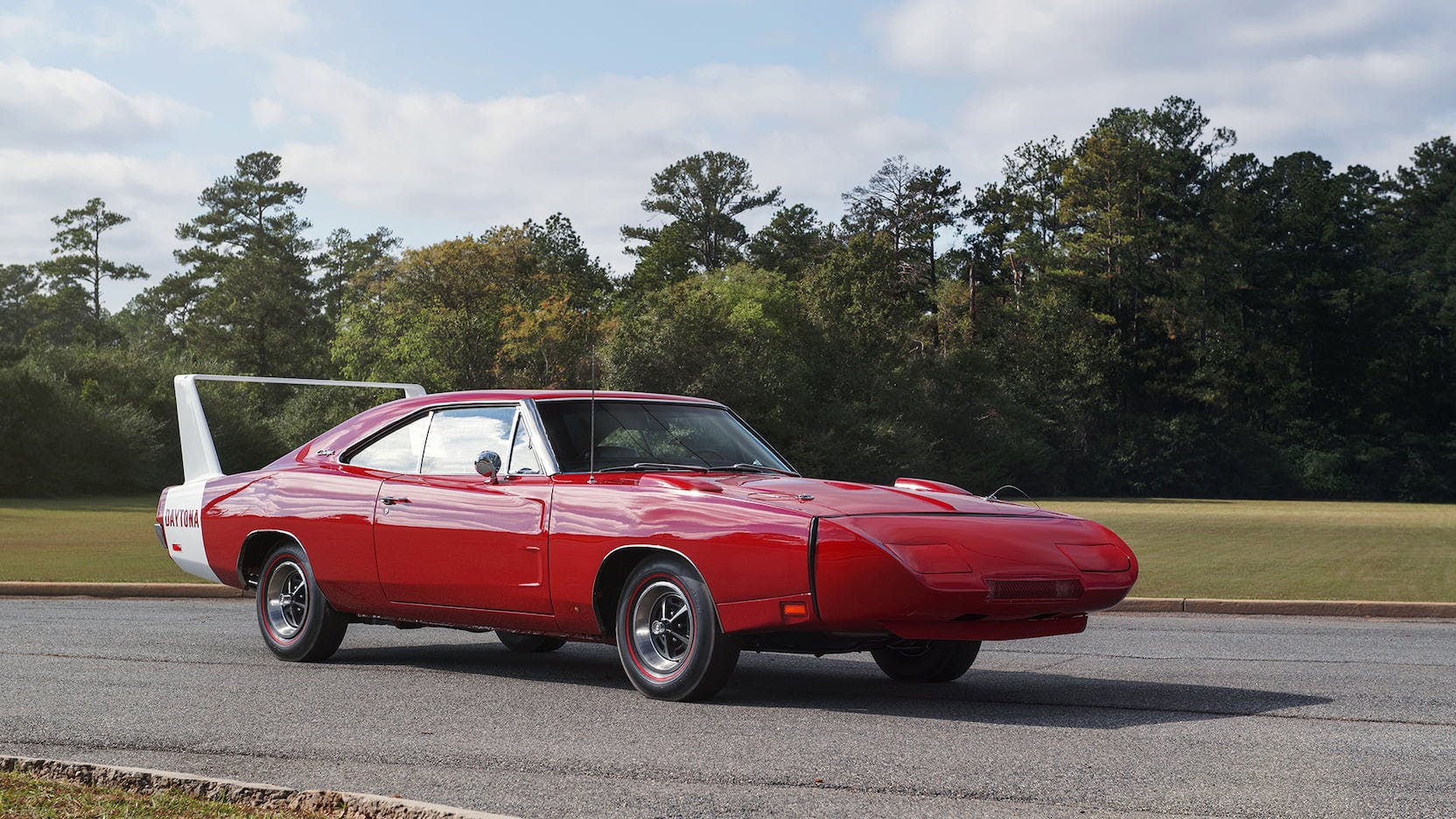
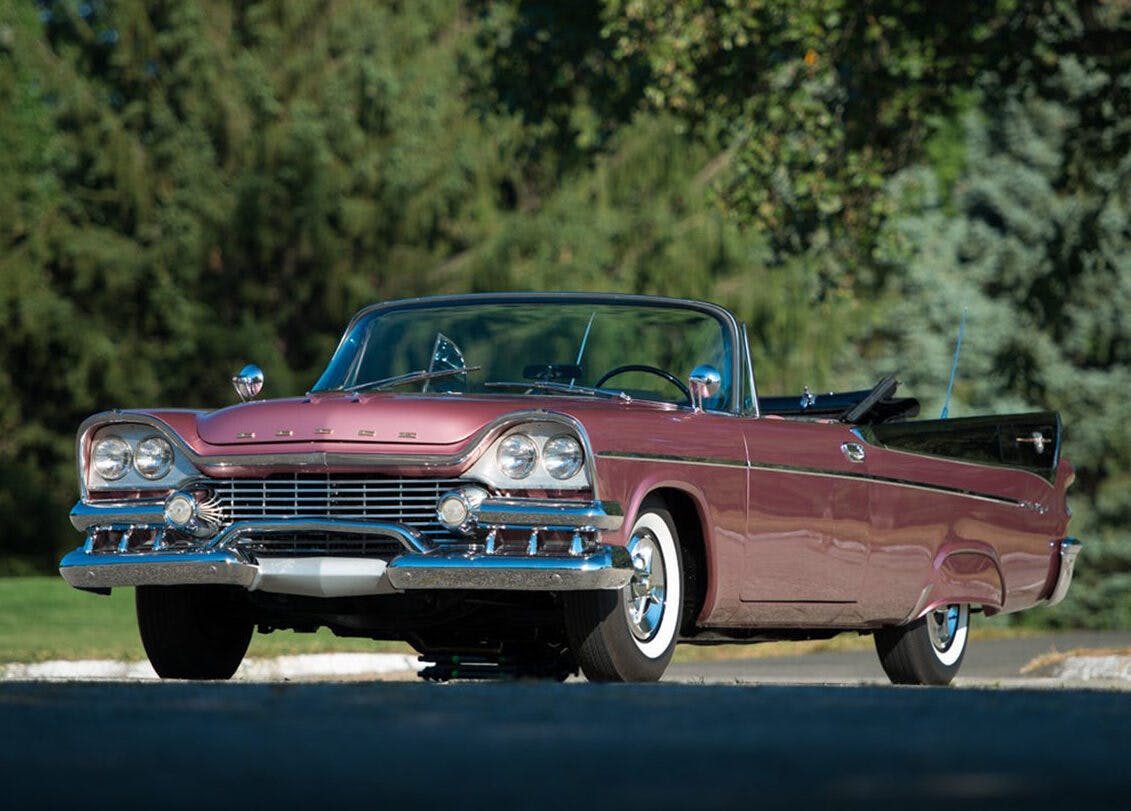
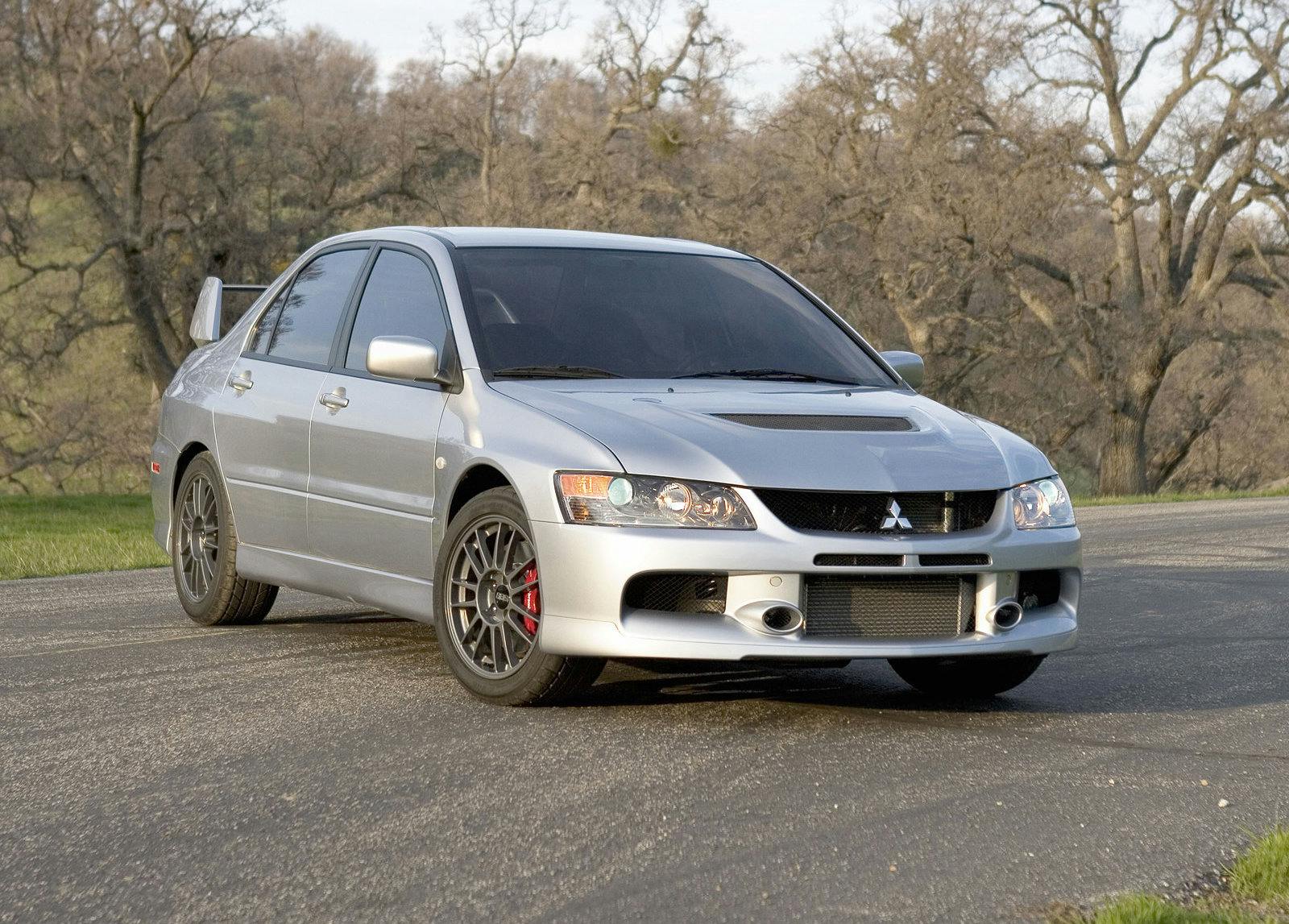
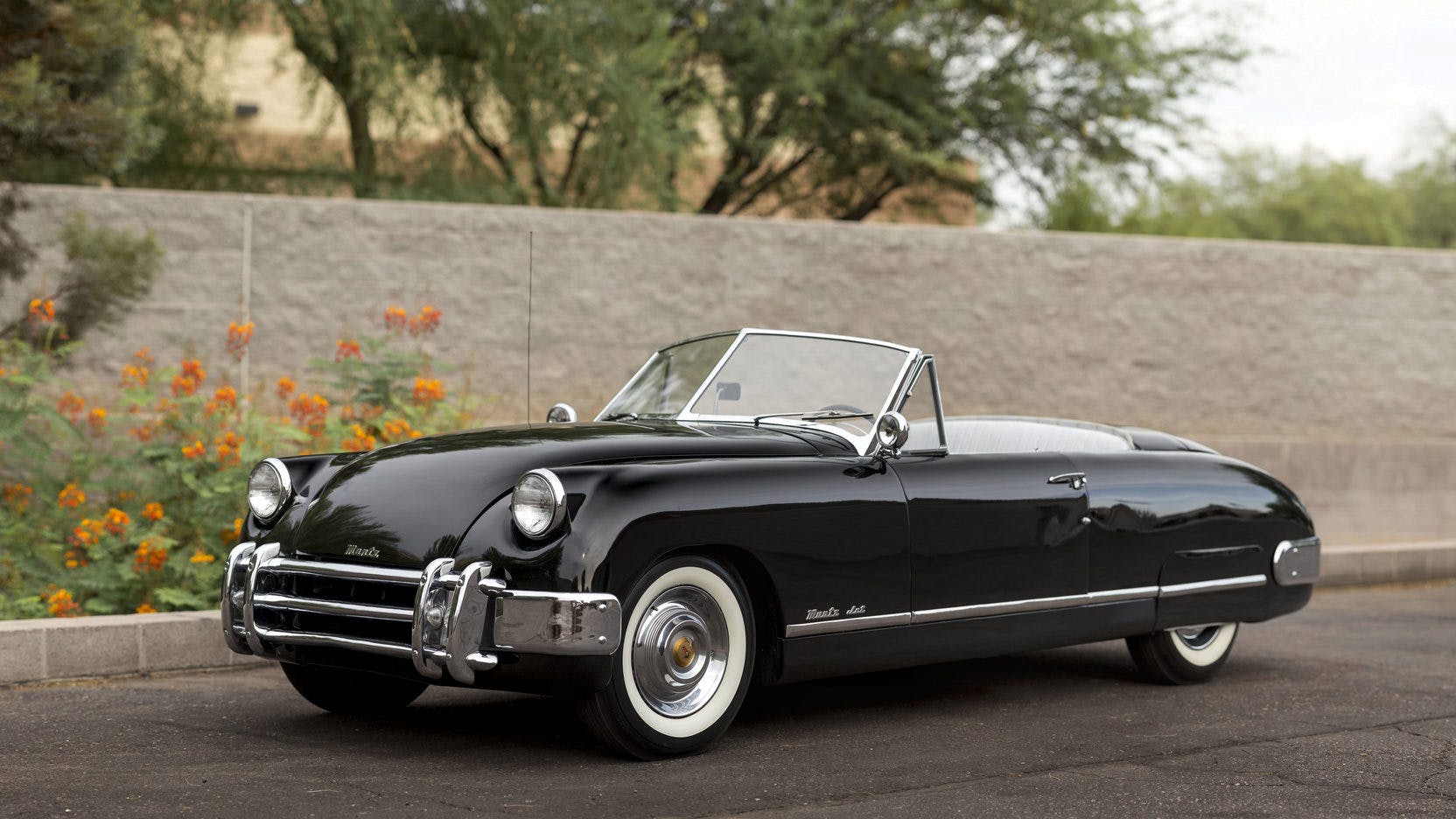
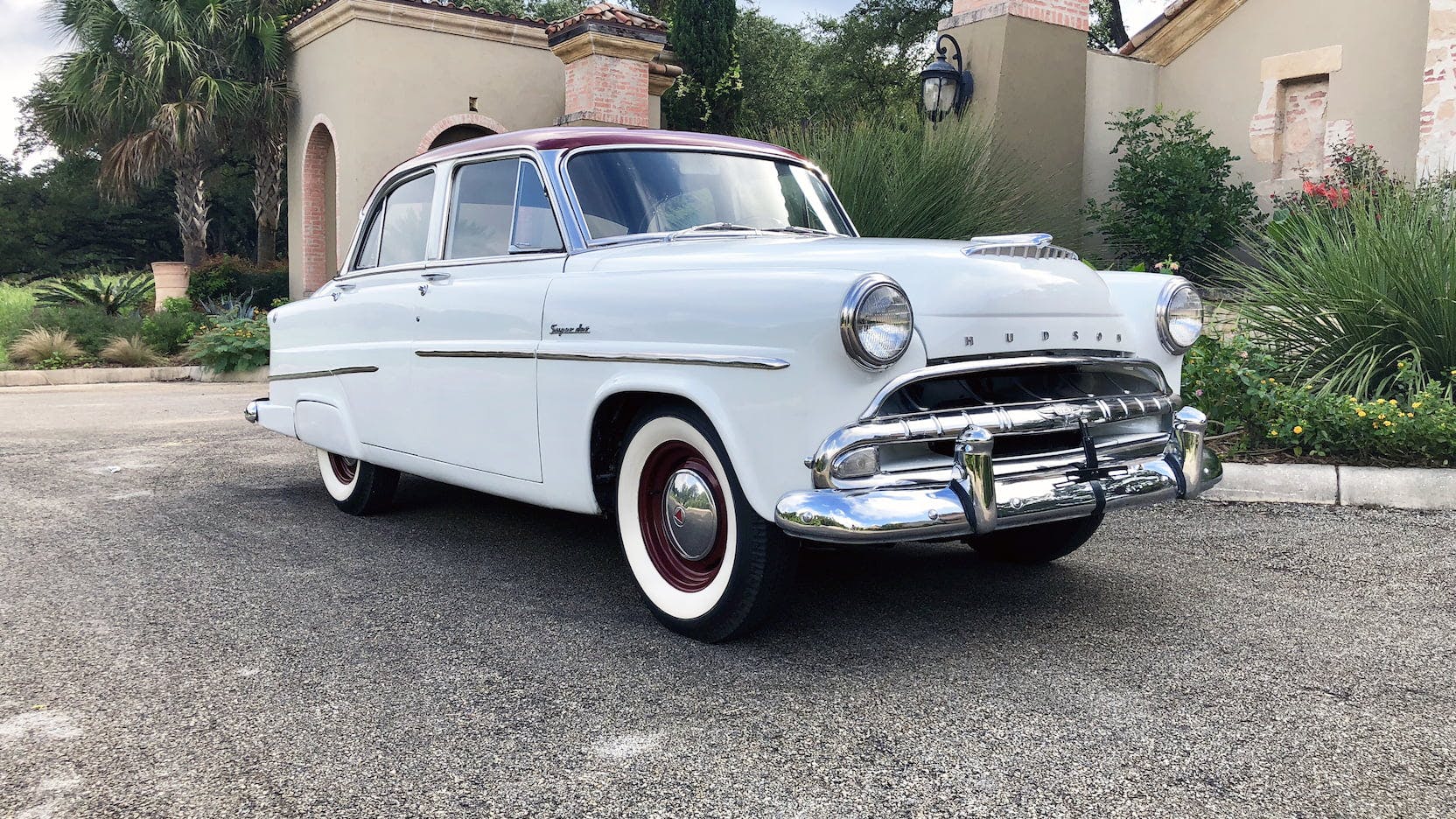
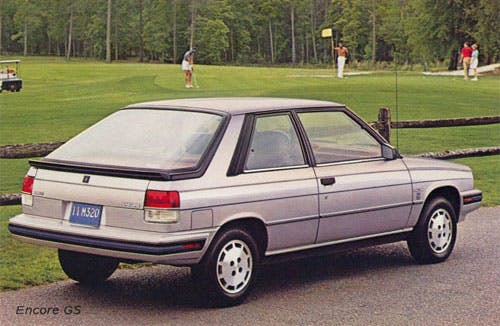
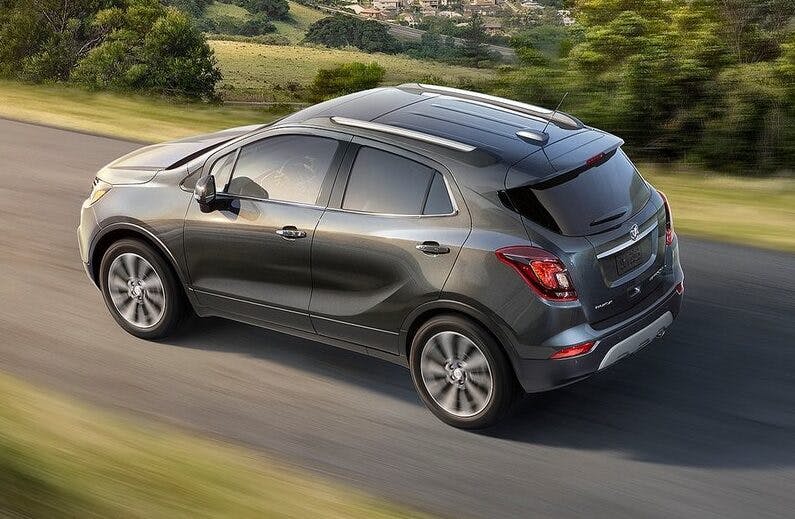
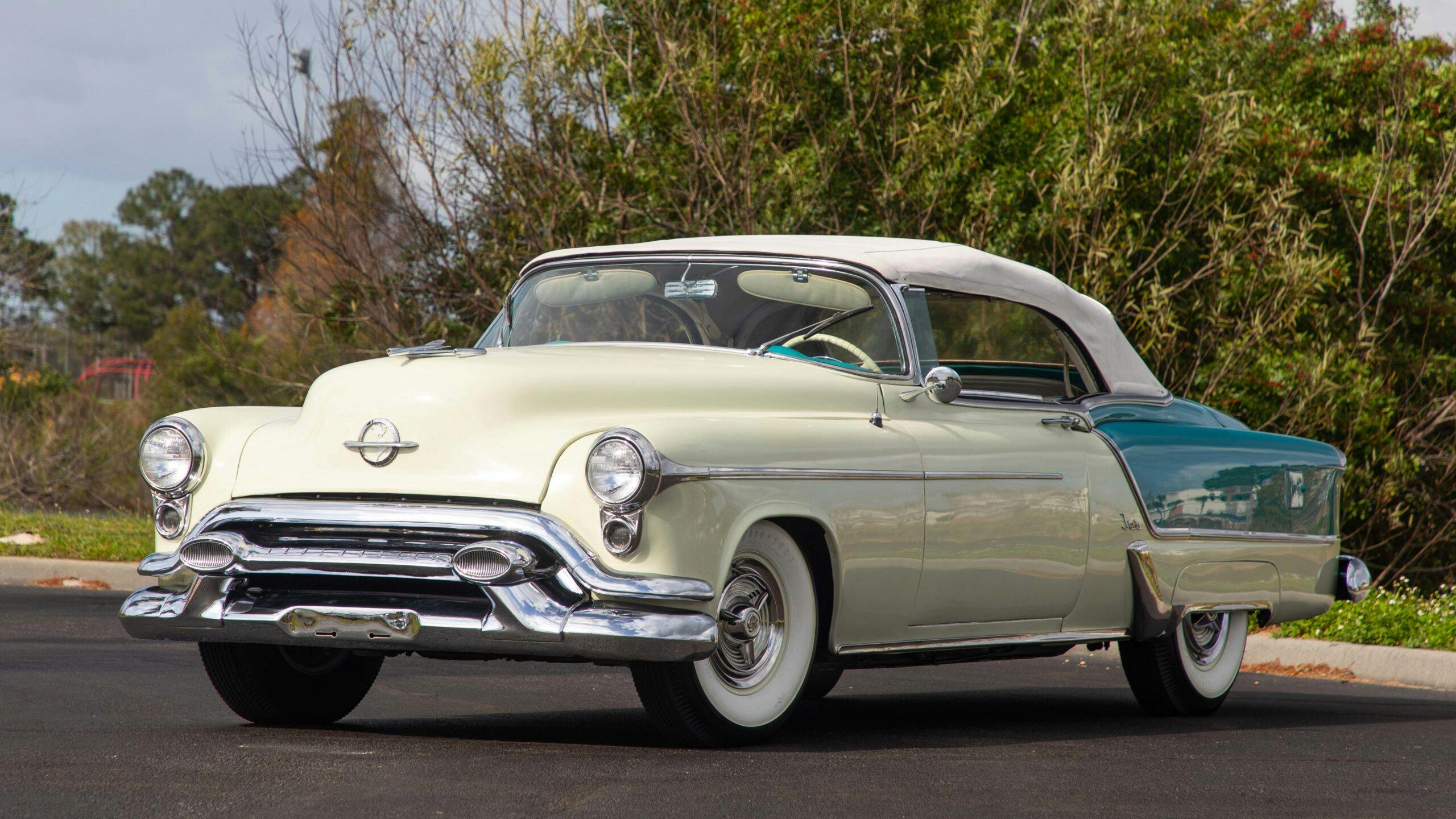
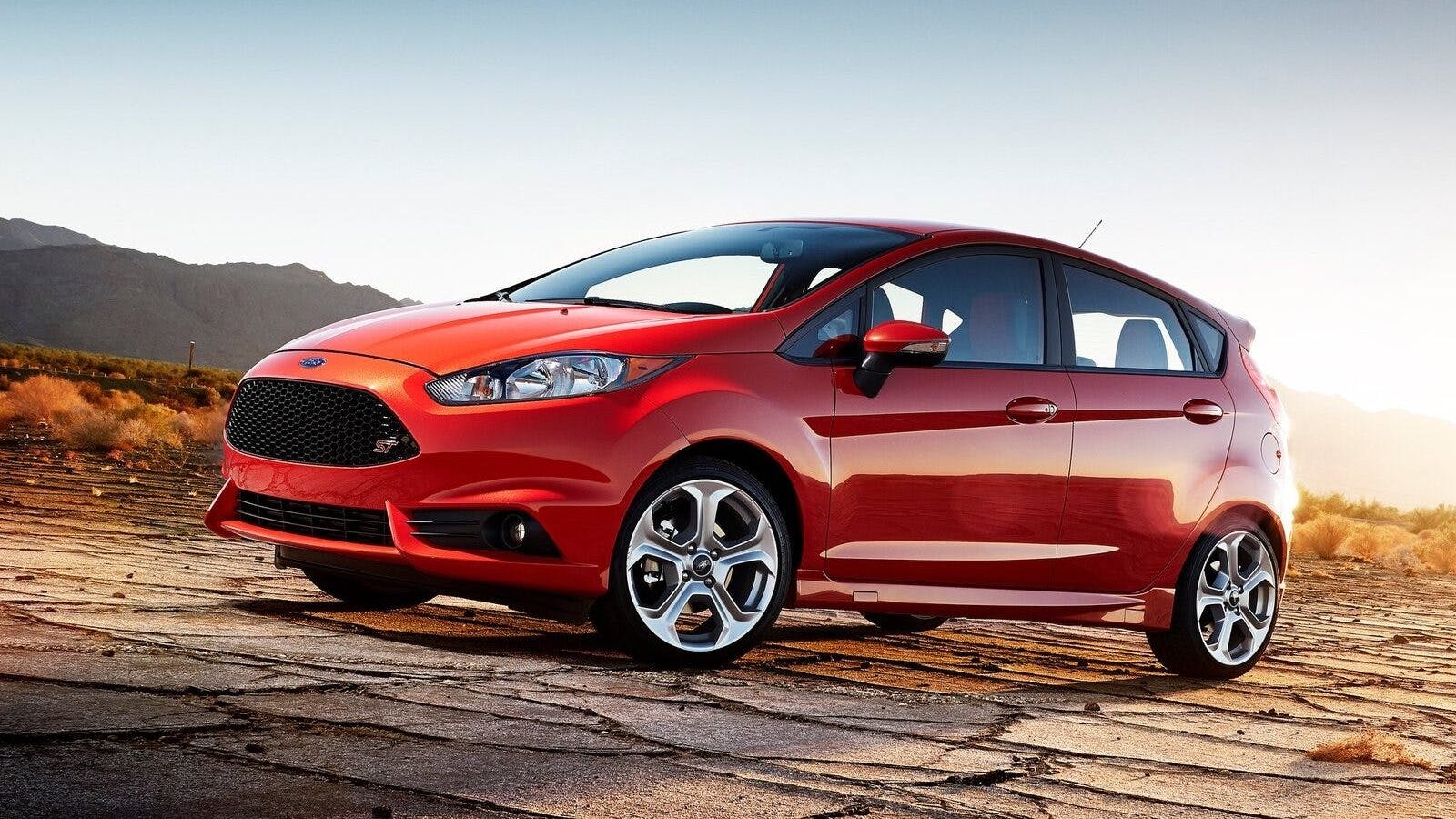

















I didn’t see any mention of the new Dodge Hornet vs. Hudson Hornet
How about the ’84-’93 Dodge Daytonas, including the IROCs? A friend of ours still has a couple.
And the first use of Mustang I remember was on White trucks, and apparently refers to the engine used. For over fifty years I have driven past a derelict White dumptruck with the Mustang badge on the hood, just east of Grafton, Ontario, Canada on old Hwy. 2. Always use it as a benchmark as to where I am.
The 1961-62 Dodge Lancer was definitely NOT a Mitubishi! It was a companion to the Plymouth Valiant.
How about the Plymouth Scamp of the 70’s and the 1983 Plymouth Scamp truck? They even recycled the emblem. It has the same part number!
Thats a real detail that most would miss. Saw the (Dart) Scamp new at the dealer.
Jeep Comanche/Scout Comanche
Dodge Challenger and Stallantis Challenger. Don’t kid yourself, repops are repops.
“Continental”…Lincoln, then Bentley
Then how come Daimler had to change the name of it’s “Dart” to “SP 250”?
The OG (1935?) Suburban is awesome looking, but I wouldn’t really want to drive one.
Have owned many new Suburbans going back to 1987, but still have my 2004. 200k and runs like new.
The Long nose “Daytona” has to be one of the ugliest things ever created.
I worked for Dodge when Hemi Chargers and others rolled off of car carriers… in the dealer lot! Awesome!
Still cringe worthy to see the “glued on” looking front wedge and goofy “add on” wing on the Daytona.
Dodge fit and finish was so cheesy back then anyway… but this thing was like a stick in the eye.
Question: How were Chevy and Plymouth able to use Suburban at the same time? I thought that as long as the company had the name registered another company couldn’t use it on a similar vehicle.
Ford reused the Lightning name. Took it from an iconic F-150 SVT vehicle and put it on a somewhat worthless EV vehicle. Blasphemy!
The 1960 to 1969 Corvair Monza, and the Chevy Monza from ’75 to ’85.
Did we forget Hornet? Hudson to AMC to Dodge.
Dodge Aspen and Chrysler Aspen – especially egregious since they are from the same mother ship and in no way related, other than the build quality. I got a new ’77 Aspen wagon as a company car. Hands down the biggest piece of dung I have ever driven. Ran out of gas on the way home from the dealership because the gas gauge didn’t work, stuck at 3/8 tank. On my first road trip, the belt idler pulley simply disintegrated, throwing pieces into the radiator and denting the hood from the bottom up. Why on earth Chrysler would resurrect that name is beyond comprehension. The fact the new iteration only lasted two years tells the whole story.
Rumor had it that women wouldn’t buy the Dodge Aspen. They didn’t want to be asked, “How’s your Aspen?”
Don’t forget the Ford Sierra and the GMC Sierra.